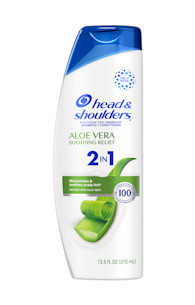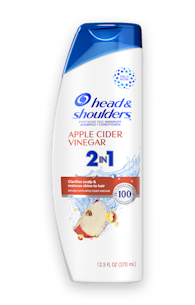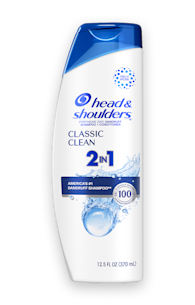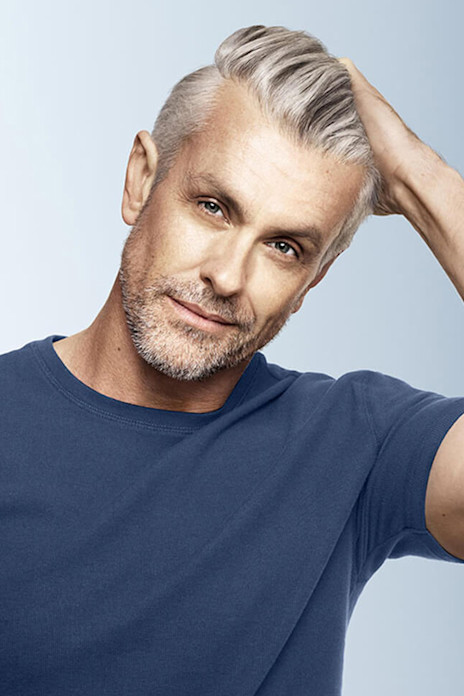WHAT CAUSES GREASY, OILY HAIR?
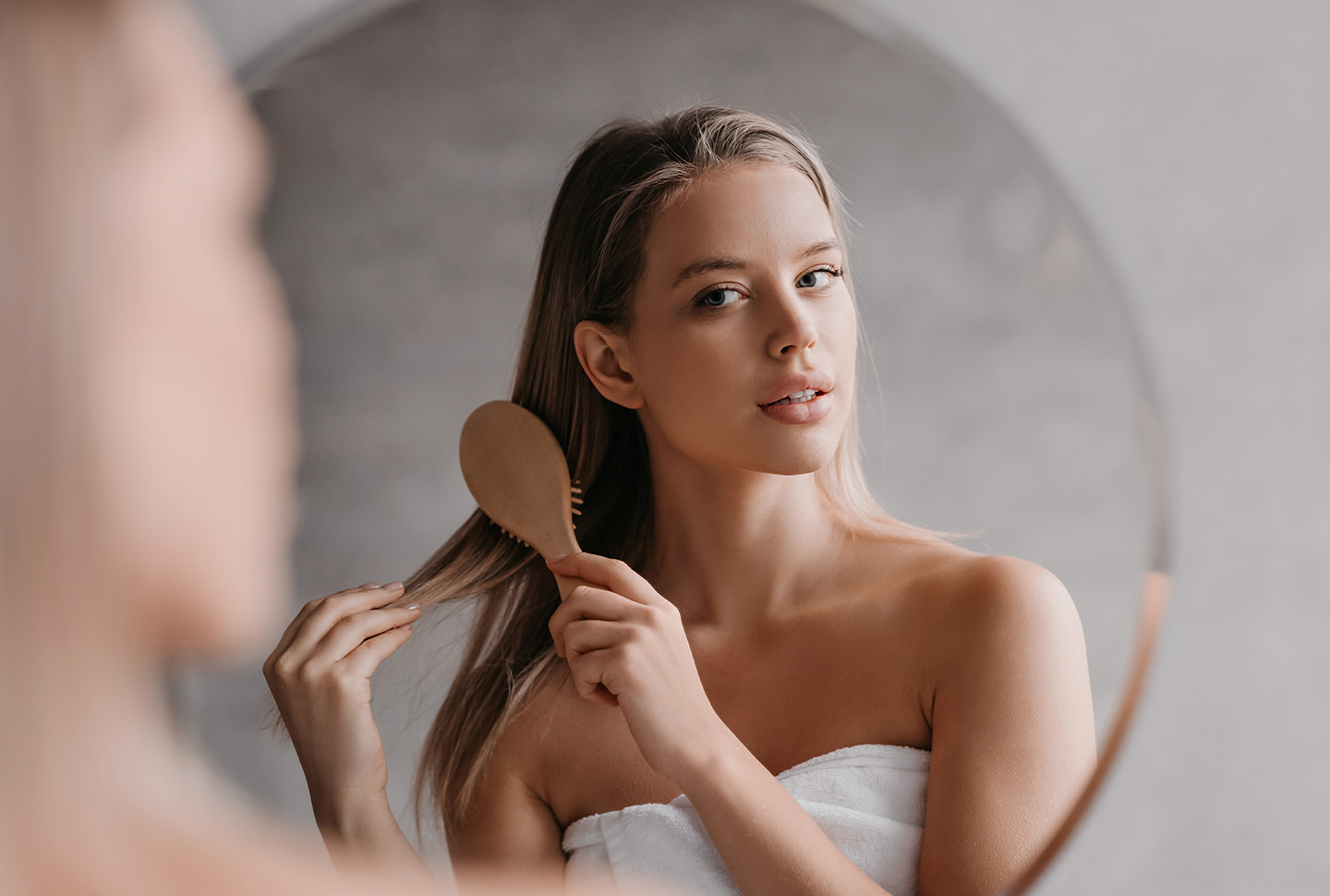
Having greasy hair is completely normal. But if you’ve noticed your hair is looking greasier between washes, an overly oily scalp may be to blame. Our scalps naturally produce an oil called sebum to moisturize your scalp and hair and protect them from the elements. But hair sebum overproduction can lead to hair having a greasy feeling. Here are some easy things you can change to get oiliness under control.
What Hair Habits Contribute to Oily Scalp?
Under Washing
Not washing your hair enough allows your scalp’s natural oils and dirt to accumulate. It could also be that when you do wash, you’re not effectively getting all the oils or product build-up out of your hair. If your hair still looks and feels oily after a wash, make sure you’re doing a thorough scrub of your scalp with a shampoo designed to break down build-up.
Using Heavy Product
Applying the wrong product for your hair type or too much product can drag down your tresses, leaving them looking oily, greasy or separated. If you have fine or thin hair, use an especially light hand when dealing with hair oils and serums, and always focus on mid-shaft through ends instead of the scalp.
Over-handling Hair
It can be hard not to fidget with hair, especially if there are bangs involved. But touching your hair too much can transfer oils from your fingertips to your scalp. Brushing your hair too much can be an issue too, especially if you’re brushing when your hair is already a bit oily, as this will transfer the oils from your scalp down the strands.
How to Reduce Oiliness
Create a New Hair Washing Schedule
If under-washing your hair is the source of your problem, increase your wash days and see if your condition improves. When you do wash, really get in there and give your scalp a good scrub. You may need to shampoo and rinse twice to remove excess oil. Make sure to get the hair behind your ears and the base of your neck too! Head & Shoulders Clinical Strength Dandruff Defense + Advanced Oil Control Shampoo removes excess oil and leaves your scalp clean and moisturized.
Improve Your Technique
Learn the most effective way to apply hair products based on your hair type. If your scalp is oily but the rest of your hair is dry, avoid applying conditioner or product too close to your scalp. Heavier, moisturizing products like oils, waxes and conditioners should be applied around the mid-length mark with a strong focus on the ends as they can make your roots appear oilier.
If you need various products to maintain the look you want, consider using a clarifying shampoo like Head & Shoulders Bare Clean Sulfate-Free Dandruff Shampoo to gently cleanse your hair of product build-up while protecting you from dandruff.
Come Clean
Your styling tools and accessories collect oil from your hair and scalp. Be sure to clean your hair tools and wash your pillowcases and hairbrush regularly. And yes, really wash your hairbrush, just pulling the hair off alone won’t stop it from transferring oils from your scalp onto clean hair.
We hope our simple tips help your hair and scalp look fresh! If your condition worsens or you notice scaly, inflamed patches on your scalp, see a doctor or dermatologist, as this may be a sign of seborrheic dermatitis. Oily scalp not your only problem? Check out more Scalp Advice articles for tips, advice and FAQs.

